cold-hardy citrus in the Pacific Northwest - update Dec 2019
socalnolympia
4 years ago
last modified: 4 years ago
Featured Answer
Sort by:Oldest
Comments (18)
socalnolympia
4 years agolast modified: 4 years agosocalnolympia
4 years agolast modified: 4 years agoRelated Discussions
in ground hardy citrus options for 7a?
Comments (31)I am having good luck with Owari Satsuma. I have two of these mandarins planted in my front yard here in the Georgia mountains. I do protect them in the winter with a wood/plastic sheet structure, but I think I may be overdoing it as there has never been a single leaf damaged by frost or freezes in the last three years that I have had these. The last few years the outside temps got down to 11F at the lowest. The Owari Satsuma fruit has got to be one of the best citrus I have ever eaten. Period. I also have a Thomasville Citrangequat I planted last year and so far it is doing great with very little protection. I've read quite a bit about these and they sound like one of the best cold hardy types. I am experimenting with other things: I have some mandarins that I grew from seeds from grocery store fruit planted in the yard- they're only about a year old but seem to be doing ok (considering all the leaves have frozen off) I am also growing kumquats from seed and will plant these out in the next year or so. If they die or do badly, no big deal, they cost me practically nothing. I have about 7 trifoliate orange trees scattered around my property, but these are mostly for fun, I've tasted a fruit from one of these growing in town and it was as horrible as everyone says it is....See MoreBaby It's Cold Outside
Comments (60)"Going down to 0 F. tonight (my Zone 7 minimum)." Well, not exactly, as people in a HUGE swath of northeastern NC and southern and central Virginia are finding out tonight. There are currently areas that are listed as 7b on the latest, greatest USDA map that have plummeted as low as -12F! And areas listed as zone 8a that have hit -5F! There are gonna be some dead or severely injured camellias tonight, believe me. Once you go south and east of Richmond the older cultivars become fairly common in gardens. They were often not selected for hardiness. I've driven from Raleigh to Norfolk along back roads and there are plenty planted there. Because the Bay and lower rivers are not frozen, areas like Norfolk, VA Beach, even Kent Island, etc. are doing fine. The worse possible locations seem to be areas along small regional rivers in the upper coastal plain, where the cold air is settling...no wind anymore to stir it up...and there's not enough water to provide counterbalancing warmth. The shocking -12F figure was along the Chowan River. Plant Delights is lucky, they are only about 20 miles away from the area with snow cover, where temps are going below 0F. Which would be the coldest they've been since 1985. As it is I think they will hit 5F. Another cold zone I've noticed before is along all but the southernmost parts of the Patuxent river valley in southern MD. And even along the lower parts, if you're away from the main body of water on a tiny frozen tributary, you're dropping below 0F tonight. All of New England is below zero except for areas right on the water. Of course, it's less of a surprise up there! Sub-0F readings are even popping up on Long Island. I'm surprised there aren't more widespread sub-0F temps in the NJ Pine Barrens. The stations that are showing below 0F are closer to the water, because that's where more snow fell. It's a dramatic illustration of the double-edged sword that is snow cover. Protects things under it, but allows temperatures to plummet during radiative freezes on clear, still nights. We saw this same pattern in the polar vortex winters, too. The coldest places on still nights are places where it's relative flat, but you're still in a depression...and away from large water. With heavy snow cover! One particular night, the center of the Delmarva Peninsula started going below 0F AT 11PM (!) before a lucky change of wind direction occurred. Still many stations hit -5F or so....See Morecitrus seedlings in the ground in the North, an experiment
Comments (81)Here's the little Yuzu seedling, February 25 It seems to be doing just fine. It's doing much better after this winter than it was the winter last year. I know I posted a picture of it a month ago, but I thought it worthwhile to update it today because February 25 pretty much marks the end of winter and we are not going to have any freezing temperatures after today. If it could make it to now, it will do just fine the rest of the year. If any of you really want to go see it to believe it, you can go to the Yashiro downtown Japanese garden. A little seedling that doesn't have poncirus in it is surviving outside in Olympia, this far north in latitude (47 N). Not merely just a plant but a very small seedling, on its own roots, not grafted. Of course I feel it is in a protected spot in a very optimal location, and being situated downtown probably also helps temperatures from going to low. But it does demonstrate the climate Yuzu can grow in. A very interesting experiment. I'm so glad the seedling did not die-back this winter. I expect its growth will really take off this year especially since it is growing on its own roots (not grafted)....See MoreCold hardy citrus in WA state update June 2021
Comments (26)I want to grow citrus. It's mostly just the idea of being able to grow citrus - and I mean big trees out in the yard. Not smaller plants in containers that I have to fuss over. I want citrus trees as a feature of the landscape. And according to research I had done, I realized I was in a marginal climate zone where that might not be entirely impossible, if I got some very rare unusual varieties. Right now it's sort of like a collection where I try to get as many rare different varieties as might be able to grow outside here, while still trying to pick the ones that won't have a flavor too terrible. Growing subtropical things helps make me feel that the temperatures are warmer than they actually are - like I'm striving/fighting against nature. (I'm not much of a fan of native area plant gardens, as you might have surmised)...See Moresocalnolympia
4 years agolast modified: 4 years agoMonyet
4 years agosocalnolympia
4 years agolast modified: 4 years agosocalnolympia
4 years agolast modified: 4 years agoMonyet
4 years agolast modified: 4 years agoAllen
4 years agosocalnolympia
4 years agolast modified: 4 years agosocalnolympia
4 years agolast modified: 4 years agoKen "Fruity Paws" (N-Va 7a)
4 years agoponcirusguy6b452xx
4 years agosocalnolympia
4 years agolast modified: 4 years agoponcirusguy6b452xx
4 years agosocalnolympia
4 years agolast modified: 4 years agosocalnolympia
4 years agolast modified: 4 years agosocalnolympia
3 years agolast modified: 3 years ago
Related Stories

SAVING WATERHouzz Call: Are You Letting Go of Your Lawn?
Many facing a drought are swapping turf for less thirsty plantings. If you’re one of them, we’d like to hear about it
Full Story
HOLIDAYSHouzz Call: When Do Your Holiday Decorations Go Up?
Is it ever too soon to start spreading the holiday cheer?
Full Story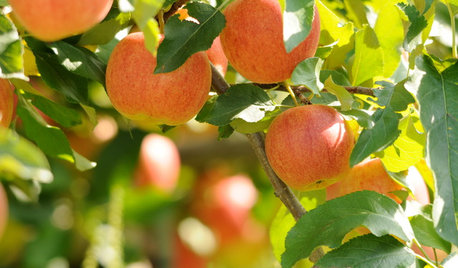
WINTER GARDENINGHow to Prune Your Fruit Trees in Winter
Garden chores may slow down this season, but pruning your fruit trees now means healthier plants that will produce more
Full Story


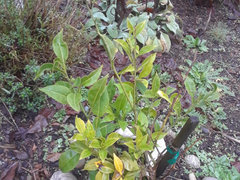

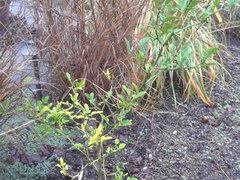
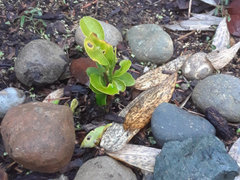
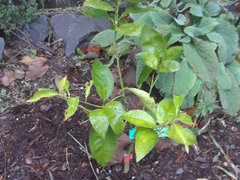

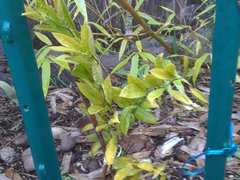

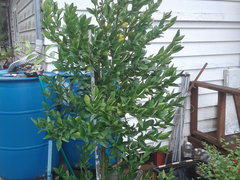
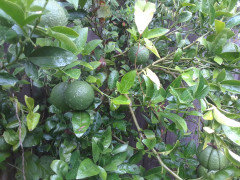
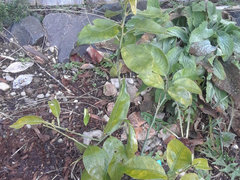
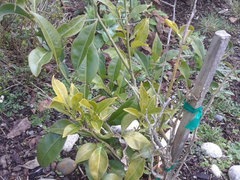
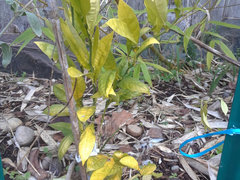
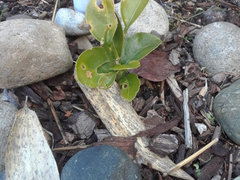

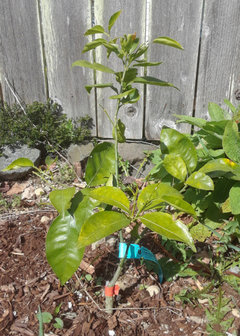
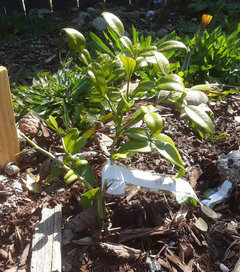
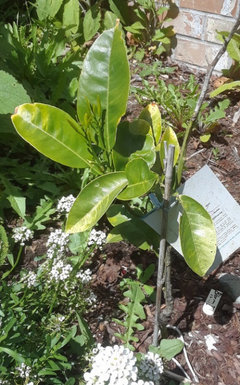

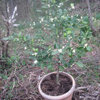
socalnolympiaOriginal Author